Each summer, parts of the Arctic Ocean and peripheral seas lose their ice cover and bathe in ample sunlight. In this window of time, some of these open-water areas come to life with phytoplankton blooms so large and vivid they can be seen from space.
The summer of 2020 has been one of those summers. Phytoplankton—the floating plant-like organisms that, like plants on land, need sunlight and nutrients to thrive—have exploded in numbers, or “bloomed,” across ice-free northern latitudes. The image above, acquired on July 26 with the Moderate Resolution Imaging Spectroradiometer (MODIS) on NASA’s Terra and Aqua satellites, shows a bloom of phytoplankton in the Barents Sea, north of Scandinavia and Russia.
In the Barents Sea, blooms that show up in spring and early summer are typically composed of diatoms—a microscopic form of algae with silica shells and ample chlorophyll, which makes them appear green in satellite images. By late July and into autumn, waters become warmer and more stratified. This change promotes blooms of coccolithopohres, a type of phytoplankton that turns the water milky white-green in satellite imagery due to their calcium carbonate shells. Sometimes, as is likely the case here, both types of phytoplankton show up to at once.
While blooms around the Arctic are somewhat common, new research has shown that phytoplankton biomass is continuing to increase in the Arctic Ocean. In a recent paper published in Science, researchers from Stanford University found that the rate of growth of phytoplankton biomass across the Arctic Ocean increased by 57 percent between 1998 and 2018.
The success of phytoplankton in this increasingly ice-free environment is apparent in the map above. It shows changes in the amount of chlorophyll a—the pigment used by phytoplankton to harness sunlight for making food—during the past two decades across the Arctic Ocean. The map was produced using a regional algorithm that incorporates satellite data from NASA’s SeaWiFS and MODIS instruments. Notice that most of the increase is in the Chukchi and Barents seas.
“We were certainly surprised to see that phytoplankton biomass has begun to increase in the Arctic,” said Stanford biological oceanographer Kevin Arrigo, whose doctoral student Kate Lewis led the study. “Many people have been saying that with increased melt, nutrient inventories would decline, but that is not what we saw.”
Between 1998 and 2008, the increase in phytoplankton biomass was likely the result of increasingly vast expanses of ice-free waters and a longer growing season. Since 2009, the increases have been due to phytoplankton growing in ever-higher concentrations. The implication is that nutrients might be increasing in some parts of the Arctic Ocean.
Not all areas saw increases; the waters east of Greenland stand out. Arrigo speculated that the decline there could be related to higher nutrient consumption “upstream” in waters that have become more productive. “But we would have to go there and look to know for sure,” he said.
It remains unclear how phytoplankton biomass will change in the future as Arctic sea ice cover continues to shrink. “The Arctic Ocean is changing in an alarming rate and soon may lose a lot of its uniquely polar characteristics,” Arrigo said. “There will always be winter ice, but for the rest of the year, it’s starting to look a lot like our temperate oceans.”
NASA Earth Observatory images by Joshua Stevens, using MODIS data from NASA EOSDIS/LANCE and GIBS/Worldview and data courtesy of Lewis, K. M., van Dijken, G. L., & Arrigo, K. R. (2020).
Reference: “Changes in phytoplankton concentration now drive increased Arctic Ocean primary production” by K. M. Lewis, G. L. Van Dijken and K. R. Arrigo, 10 July 2020, Science.
DOI: 10.1126/science.aay8380

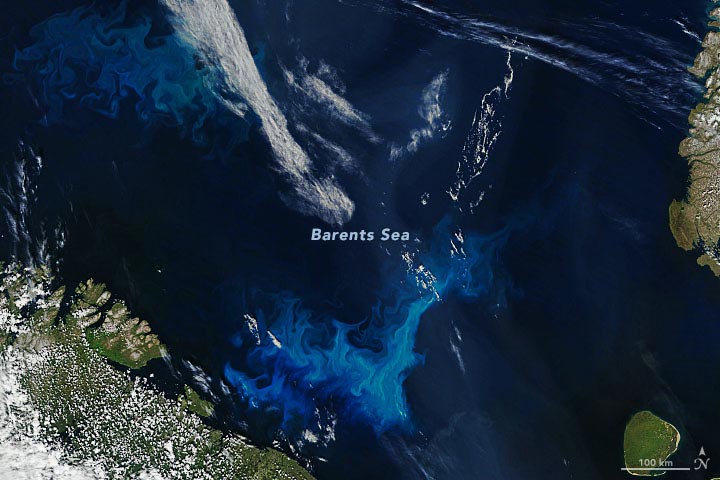
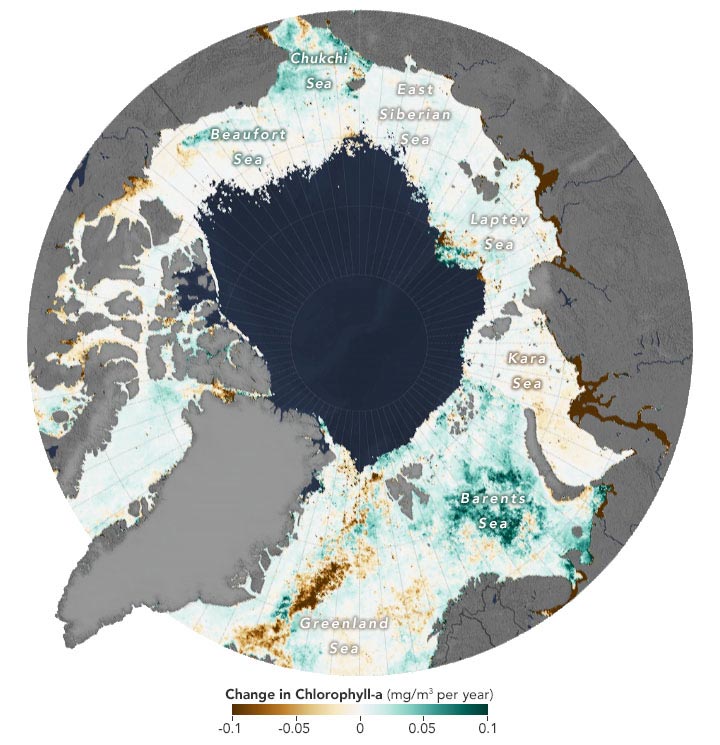
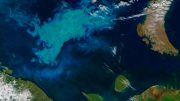
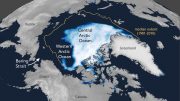
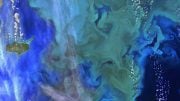
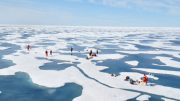

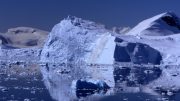
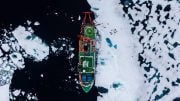
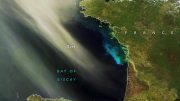
Rebel’s Daily Reports
“Yo! It’s us, the polar bears. Could some of you set up a bunch of feed stations around the globe for us and other animals to feed because we are starving and thirsty! I mean it’s not too much to ask since you messed up our way of getting food! So how about taking some of that fish you all catch and send it and other foods to feed ponds and stations around the world to all animals so that us animals can survive this new world you humans have forced us to live in! STOP TAKING PICTURES OF US AND FEED US! DON”T WAIT FOR YOUR GOVERNMENTS TO DO IT! DO IT YOURSELVES!”
Eating meat is repulsive. Especially raw meat! You will have to do with soy burgers or learn to filter out the phytoplankton. As to the fresh water you requested, I’m afraid you will have to do with the bottled cola we have been supplying.
That’s exactly what should be done! Don’t habituated the bears but drop food in different places. They are headed for extinction – so feed them!!!!!!!
Looks like a normal biological action/reaction to anyone without an agenda. I’m getting tired of all the chicken littles out there.
The article leaves out the most important factor in marine phytoplankton increases .. CO2 .
.
Increased carbon dioxide enhances plankton growth
Date:
January 16, 2016
Source:
Bigelow Laboratory for Ocean Sciences
Summary:
Coccolithophores–tiny calcifying plants that are part of the foundation of the marine food web–have been increasing in relative abundance in the North Atlantic over the last 45 years, as carbon input into ocean waters has increased. Their relative abundance has increased 10 times, or by an order of magnitude, during this sampling period, report researchers.